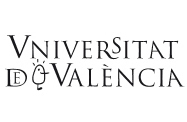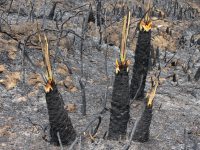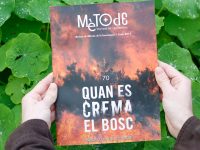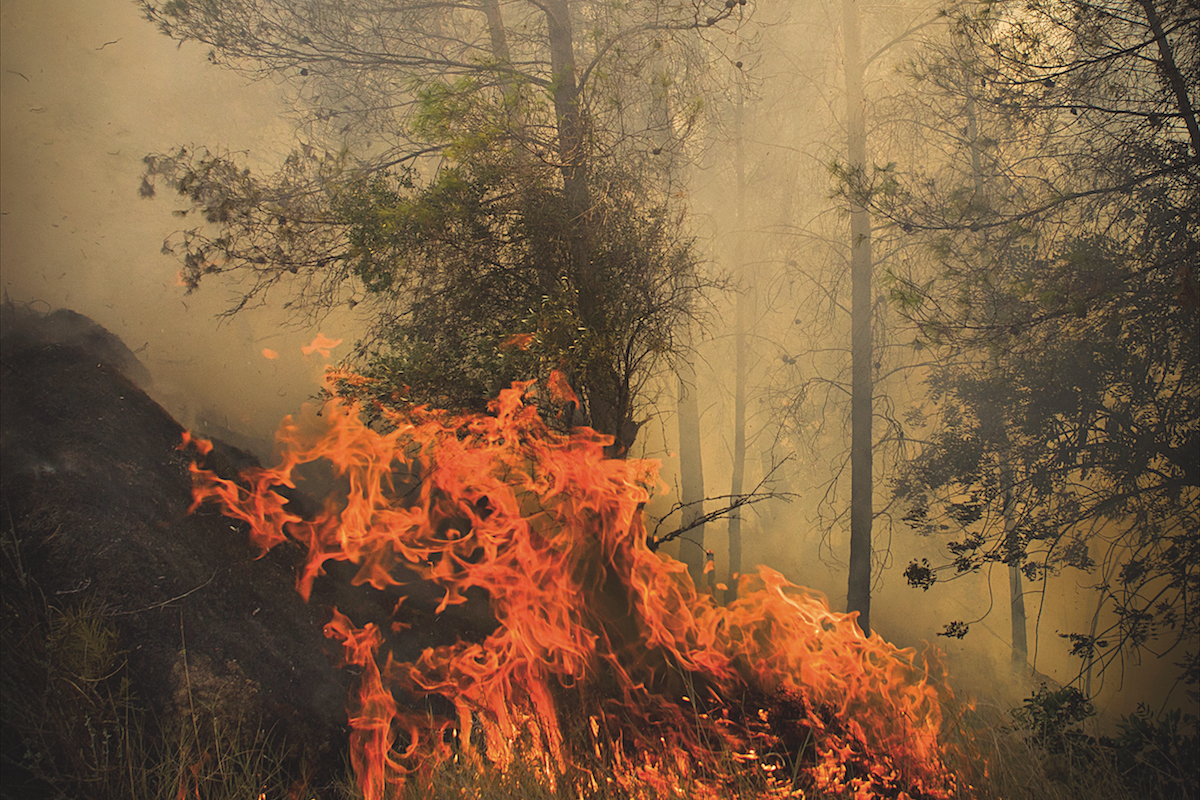
Forest fire management and research come together in search of a better future. We review the current status of management, science and innovation in the ever contentious presence of fire in Mediterranean ecosystems. While scientists speak of fire as a natural process within a cultural landscape, the general public continues to see it as a negative factor. Management strategies begin to understand that we must work with fire, and not against it.
«Mediterranean mountains have always been productive. And even today, in a coastal and service-based society, the inland regions provide quality water and air, landscape and heritage»
Fire and terrestrial ecosystems have been brothers for 400 million years. Although fire is to be found in all ecosystems, it is in the Mediterranean where this brotherhood is most visible, given the recurrence of fire. The reasons for this true symbiosis lie in the climate –deficient in water and likely to make biomass frequently ready for burning–. In addition, human societies have encouraged fire, using it as an economical and efficient tool, which has only recently been abandoned and even banned and damned.
Mediterranean summer drought, temperature swings and dry winds are all fire-promoting factors; furthermore, heat-waves are common in the Mediterranean. All this has resulted in recurrent fires and likewise vegetation adapted to fires. Thus, some plants sprout just days after being burned while others germinate better and in greater profusion after being subjected to excessive heat and smoke from a fire. That is why after a fire, vegetation recovers and allows the ecosystem to return to its previous state.

The passage of fire does not mean the end of the forest, in fact for certain species it is the beginning, as these shoots show, even sprouting forth from trunks in a eucalyptus forest in Victoria Sate (Australia) affected by forest fires in 2009. / A. Cerdá/University of Valencia
Fire and mankind
Human societies’ use of fire has played a key role in its development, and more so in the Mediterranean, the cradle of many civilizations, where no expanse has remained free from the passage of flame. Fire has been used to remove crop residues, to increase pasturelands, to open up or even clear forests, or to hunt. True understanding of a territory inhabited by humans, like the Mediterranean, can only be attained if we understand the human-fire interaction.
«Fires are not just an environmental problem, they are also a safety issue»
In the past, traditional forestland management was made possible by implementing fire. Land organisation was based on multifunctionality and diversity. And it depended on mountain agriculture, in which valleys were used for crops, pastures were located in areas with difficult access and poor soils, small gardens were placed near freshwater springs, while in areas of scrub and pines, firewood was stacked for baking bread and cooking in earthenware pots. This exploitation of forested areas, albeit local, did not lack a certain commercial nature as it supplied fuel to the cottage industry or craft workshops, as was the case of the Manises pottery furnaces, which were fired with biomass.
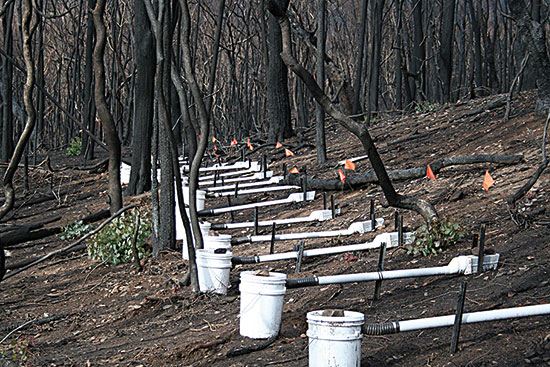
Damage is one of the most important things to assess after a fire, and, fortunately, methods change and improve. The picture shows plots under study for erosion in Australia. / A. Cerdá/University of Valencia
Mediterranean mountains have always been productive. And even today, in our coastal and third-sector economy-based society, the inland regions provide quality water and air, landscape and heritage. However, for the last fifty years the Mediterranean mountains have been excluded from the current economic system, based on industry, trade and tourism, as these three activities are mainly located along the urbanised coast. Indeed, mountains do not figure in the GDP of any country in the northern Mediterranean. And that is why they seem to contribute nothing. Some believe that this is to confuse price and value. What the mountains provide has no set price, but is of huge value. The mountains are our history, our landscape, providing clean water and quality air, heritage and beauty. And should we consider modern environmental concerns, we could add that mountains also contribute to fixing carbon and help mitigate the greenhouse effect.
«The scientific world has also accepted that it should take a broader view of the effects of fire, bearing in mind there is a crucial social and economic component»
Mediterranean mountains have always been affected by fire, whether or not humans were present. With human presence, fire became more frequent but more controlled and, thus the area affected by fires reduced. The paradigm of Mediterranean society of the late twentieth and early twenty-first centuries is that, as land-husbandry is being abandoned, so fire has again gained a hold. With each passing year, there are greater land areas connecting forest ecosystems and readily flammable biomass. That is, there is less diversity, more monoculture crops, fewer pasturelands, and so when a fire starts, the flames can travel a great distance. But we no longer find ourselves in the situation to be found 10,000 years ago, when agriculture began in the Middle East and there were primeval forests. Nowadays, forests tend to be abandoned plantations of pines and shrubs, which are the result of vegetative regeneration after land-abandonment and of forest fires. And in recent years, what is more serious is that pines have been planted in the gardens of houses in neighbourhoods, creating a continuum between forest and garden. Indeed, the situation is serious. We would not wish to see the dramatic images of houses and vehicles burned again, let alone the 42 deaths in Israel’s fire of 2010 or the 173 who died in Australia in 2009. But it gets worse every year and news of this type will unfortunately become an everyday event. Fires are not just an environmental problem –they are also a safety issue–.

A fire in the Naranjos gully, between Ontinyent and Bocairent villages, in the province of Valencia (Spain). The state of recovery four months later, herbaceous groundcover is essential to control erosion. / A. Cerdá/University of Valencia
Seeing fire through other eyes
ar from what was thought a few decades ago, fires are not a major disaster. Many understand them as part of how natural and cultural ecosystems work and a key component to Mediterranean ecosystem health. In fact, we even call for a forest policy implementing fire as a tool, although it is true that water and biological and soil resources can be at risk from the impact of fire. But when fire is part of nature we understand it is necessary. However, what is not acceptable are the recurrent and uncontrolled wildfires. Summer fires that burn large areas for days or weeks on end are those that cause high temperatures, which strongly affect vegetation. These are the kind that alter the soils, which are ultimately nutrient reservoirs, filtering water and maintaining the atmosphere’s chemical balance. Therefore it is essential not to let summer wildfires happen year after year. To prevent these types of fires, which are always big news, methods have been based on extinction, with city and office-based measures. Before, when rural areas were densely populated, fires were man-made and controlled. Fifty years on, we realise that the policy of totally suppressing fire does not work, and what happens is that biomass accumulates thereby increasing the risk of large fires breaking out which, if recurrent, damage ecosystems and endanger property and lives. This situation can only be reversed by the return of the rural population and, in the meantime, it is necessary to implement fire as a forest management tool. Those who advocate controlled or «prescribed» burning and fire management have not invented anything new; indeed it is what our ancestors did for thousands of years.
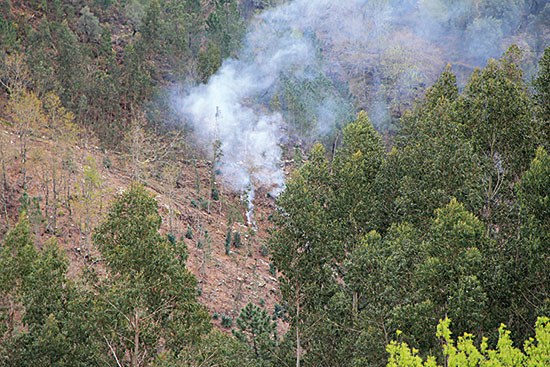
Controlled or «prescribed» burning is one way to manage forests and prevent wildfires. The picture shows a forest in Portugal where forest debris are being burned. / A. Cerdá/University of Valencia
Those of us who began our research work in the field of forest fires three decades ago had the idea that the best option was to avoid or suppress fires. We believed fire was foreign to our ecosystems and should be fought. These ideas, handed down to us, were mistaken. As men and women of science we apply the scientific method and what we have found is that fire, like water, earth and air, is part of the ecosystem. To eliminate fire is to modify the ecosystem. Moreover, not only have we learned by studying nature, we have also learned by studying societies –past and present– that fire is necessary to master our environs. What is more, in intensely humanised landscapes like the Mediterranean, it is a key component to efficient management.
Scientists working on burned areas are indebted to botanists and ecologists for this change of opinion. They clearly saw that the Mediterranean vegetation is adapted to fire and therefore, after a fire, it recovers. It has taken two decades for those of us studying soil, and erosion and runoff processes, to understand that fires increase the rates of erosion and water discharge, but this crisis is only temporary and part of how Mediterranean hydro-geomorphological systems work. This is because after a few months we find plants and seedlings germinating and covering the ground. And these guarantee protection. One should understand that during the initial years after a fire, the risk of heavy water and soil losses are natural, just like fire. That is why scientists ask land administrators to believe that Mediterranean ecosystems have their own recovery strategies. The so-called «do nothing» strategy after a fire is, in fact, quite suitable. In extreme cases –for instance recurrent fires– where intervention is required, techniques should be used that avoid the use of heavy machinery, excessive passage of workers and high costs. Furthermore, it is better not to apply universal remedies after a fire. We can say there is very little to do in the case of most fires, but if something must be done it must be done quickly. It seems, however, that administrative bodies, burdened by excessive bureaucracy, are unable to implement measures quickly, which is what is needed in burned areas when the intensity or the recurrence of fire is excessive.

Soil is a key to recovery. Without soil, which harbours nutrients, water and supports plants, no post-fire regeneration is possible. And in forest management it is often forgotten. This image shows Jorge Mataix-Solera examining the ground after a fire. / A. Cerdá/University of Valencia
In recent years the scientific world has also accepted that it should take a broader view of the effects of fire, bearing in mind there is a crucial social and economic component. But there are also challenges facing research into fire that must be overcome. This Mètode monograph presents relevant research into the effects of fires. Juli Pausas reflects on the role fire plays in Mediterranean ecosystems. Xavier Úbeda and Luís Outeiro review forest management and forest fires in Catalonia. Daniel Moya and Jorge de las Heras discuss the latest ideas on the restoration of burned areas. There is a whole new generation of researchers bringing enthusiasm and knowledge to this field, like Vicky Arcenegui who show that details are of the greatest importance: soil aggregation. And experienced research groups help us appreciate the importance of organic matter, this being the case of Quico González-Vila and CSIC research teams based in Madrid and Seville. Together they show the present and future of research into forest fires and their impact on Mediterranean ecosystems.
